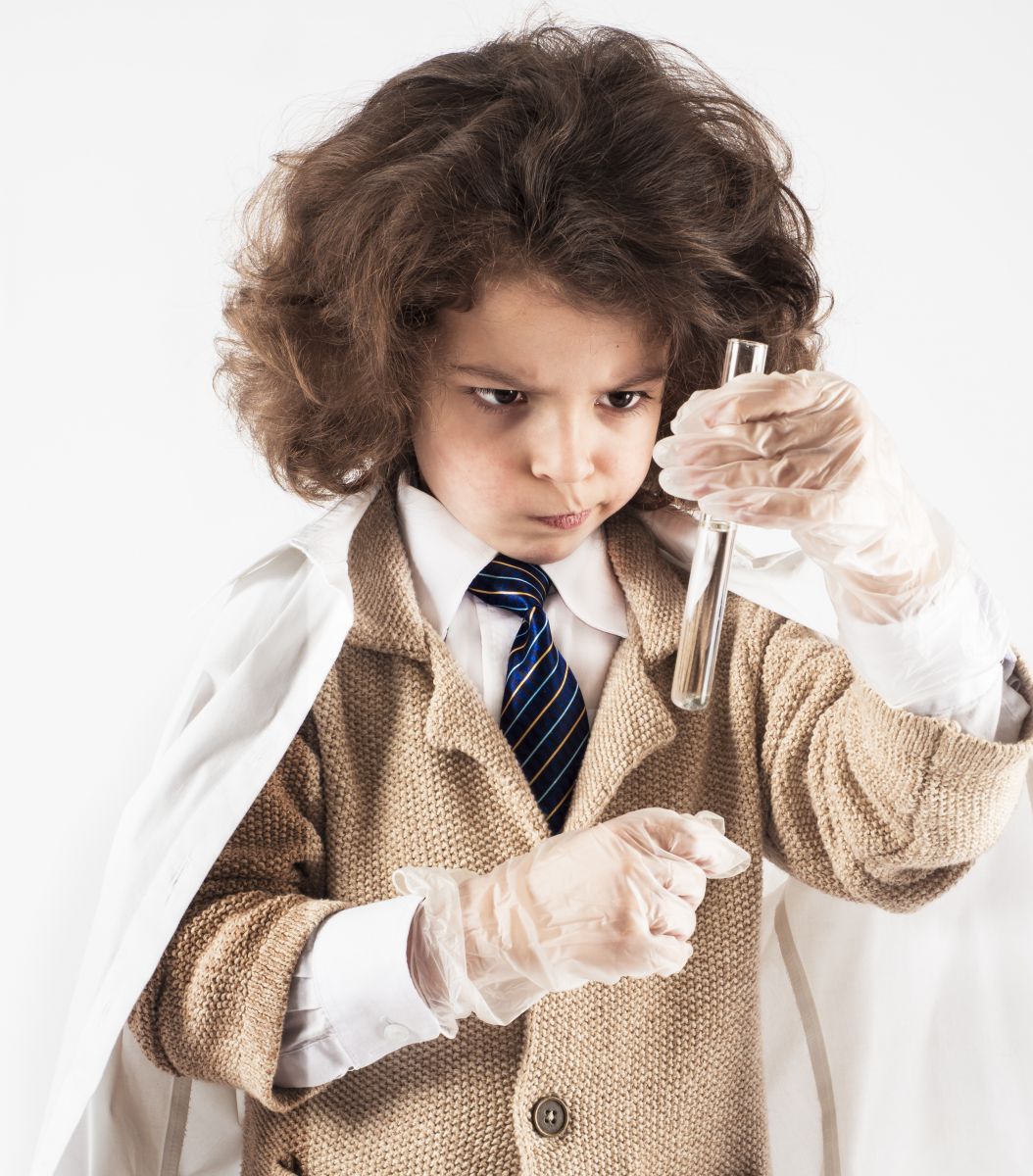STEM Reading Room
Get ready for another creative way to learn about water in Alexandria! AlexRenew has officially opened Moxie’s Aquatic Alcove, Virginia’s first water-themed reading room, which features books focusing on water, engineering, the environment, and STEAM (Science, Technology, Engineering, the Arts and Mathematics) programming for all ages and reading levels. In addition to the featured reading materials, the reading room also includes interactive play stations and activities for children.

AlexRenew is accepting donations of new and used books about water for the reading room.
Moxie’s Aquatic Alcove is accessible to the public from 7:30 a.m. to 4 p.m., Monday through Friday. The reading room is located in the Alexandria Renew Enterprise’s Environmental Center Lobby by the customer service area at 1800 Limerick Street, Alexandria, VA. We love having visitors, so please stop by and peruse our collection.
Moxie’s Summer of Water Science
Summer is here, but learning never stops! It’s a great time of year for young learners to experiment with water. Our water-cleaning, nitrogen-eating mascot Moxie is here to show you that when water meets science and engineering, the result is awesome!
In Part I of Moxie’s Summer of Water Science, our mascot has a few fun experiments for kids and parents to try together with materials commonly found around the house.

This first 2 in 1 set of experiments explores how water moves and how it affects sound.
What You'll Need
- Five clear glasses or jars
- Red, blue, and yellow food coloring
- A metal spoon or pencil
- Paper towels
How to Make the Walking Water Rainbow
- Set out five clear glasses or jars.
- Put red food coloring in the first, yellow in the third, and blue in the fifth.
- Pour water into the glasses with food coloring so that they are close to full.
- Create six paper towel strips by cutting the paper towel in half and folding it into quarters lengthwise.
- Put one end of the paper towel into the bottom of the colored water and the other into the empty glass.
- Grab a snack, and watch the water walk across your paper towel bridges from one cup to the next. The mixing colors will create a rainbow!
How it Works
Water has an awesome power called capillary action that allows it to defy gravity and travel up the paper towel. This happens because water molecules stick to the paper towel, but they also stick to each other. As water molecules travel up the paper towel, they tow each other along. This same process helps water climb from a tree’s roots to its highest leaves!
How to Make a Water Xylophone
- Using the same set of five glasses. Add water to some glasses and pour it out of others to vary the water level in each.
- Use a metal spoon or pencil to tap lightly on the glass.
- See how adding or removing water affects the sound.
PRO TIP: See if you can create the right notes to play a simple tune like Twinkle, Twinkle Little Star!
How it Works
Tapping the glass makes it vibrate, creating the sounds we hear. Water changes the speed of these vibrations. More water in the glass means slower vibrations, which lowers the note!
Clouds and rain are a huge part of the water cycle. They help transport rain around the globe so that it can nourish people, plants, and animals. Watch a cloud form in this awesome at-home experiment.
What You'll Need
- A jar with lid
- About 1/3 cup hot water
- Ice
- Hairspray
How to Make a Cloud in a Jar
- Ask an adult to help you boil some water, and add about 1/3 cup to an empty jar. Swirl the warm water around to heat up the jar.
- Turn the lid upside down and put a few ice cubes in it. Put the upturned lid on the jar for about 20 seconds.
- Quickly remove the lid and squirt some hairspray into the jar.
- Replace the lid, and watch the cloud form inside the jar.
- When the cloud is fully formed, remove the lid and let it escape!
How it Works
As water warms, some of it evaporates or transforms into water vapor that rises into the air. This happens in nature as the sun warms a lake or even the ocean. The ice cools the water, and it condenses back into a liquid. This same thing happens high up in the air where the temperature is cooler. When the water has something to condense around, like dust, or in this case, hair spray, it forms a cloud. When enough water builds up in the cloud, it rains!
Most of us have heard that oil and water don’t mix! We use that fact to help us separate fats, oils, and grease when we clean dirty water at the wastewater treatment facility. Now you can see this science in action with your own DIY Lava Lamp!
What You'll Need
- Vegetable oil
- Food coloring
- Water
- Alka-Seltzer®
- Flash light
- Vase or bottle
PRO TIP: Use a container with a lid if you want to save this to do again later or to keep as a wave bottle.
How to Make a DIY Lava Lamp
- Fill your container about 1/8 of the way full of water.
- Add the food coloring of your choice to the water.
- Fill the rest of the container with vegetable oil.
- Drop an Alka-Seltzer tablet into the water to start the fun!
PRO TIP: Turn out the lights and shine the flashlight under the container for a real lava lamp effect.
How it Works
Try to shake up the bottle. Oil will break up, but unlike salt or sugar, it will never dissolve in the water. A battery has a positive and negative end, so do water molecules! Water is made up of what’s called polar molecules. The bottom of the molecule has a slightly negative charge while the top has a bit of a positive charge. The vegetable oil does not have positive or negative ends. It’s a nonpolar molecule. Polar and nonpolar molecules just don’t mix!
